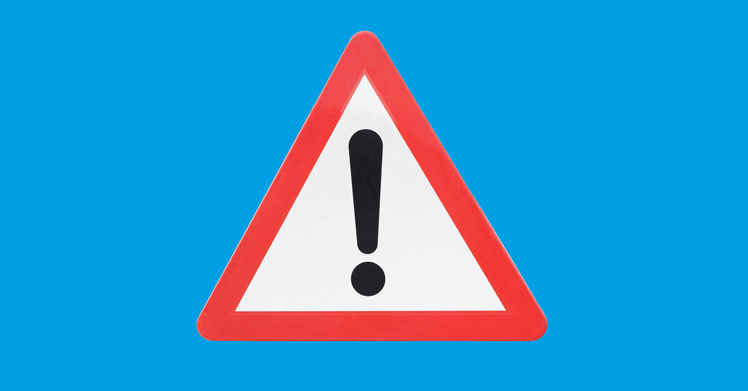Zoe Close shares her experience of and thoughts on managing challenging patients in the practice…
Dealing with a challenging patient is something almost everyone working in a dental practice will encounter at some point. Having said that, it can still be a difficult experience and something that some people can find stressful.
Even if you offer the best service available, there is no way to stop it from happening – it is part and parcel of running a dental practice. While sometimes a patient may be agitated because they feel, rightly or wrongly, that they have received below par treatment, it is important to remember that there can be a variety of causes for angry or difficult behaviour.
Understanding the cause
Patients, and sometimes their carers, become challenging, uncooperative or aggressive for a number of reasons: illness or pain, alcohol or substance misuse, fear, anxiety, communication or language difficulties, unrealistic expectations, previous poor experience, or frustration.
It can also manifest itself in different types of behaviour, all of which you want to avoid for the safety of staff and patients, and to mitigate the impact on anyone visiting/working in the practice. For example, a challenging patient can be demanding or controlling, unwilling to listen, verbally abusive or threatening, physically violent or being bold in their mannerisms, i.e. pacing the room, throwing their arms in the air.
The first thing to do is to identify the problem. Could it be caused by a medical condition? If so, treat the patient as far as possible without putting yourself or others at risk. Or, is it caused by lack of resources in the practice? Long waiting times, poor communication, and lack of appointments can all contribute to a deteriorating mood or behaviour.
How to defuse the situation
As a practice manager I often found that having a good chat over tea and biscuits, with the patient doing most of the speaking and me listening worked best. Offering solutions or, when appropriate, actually accepting that we could have done better also helped.
However, when you’re on the reception desk, patients can be more aggressive as the problem is actually live and happening. You need to make sure your team are trained and equipped to spot the signs of challenging behaviour early and understand the practice’s process for dealing with such behaviour.
Dealing with an aggressive patient takes care, judgement and self-control in order to defuse and de-escalate the situation. Below are some steps you can take to effectively manage what is happening:
- Remain calm, listen to what they are saying, and ask open-ended questions
- Reassure them and acknowledge their grievances
- Provide them with an opportunity to explain what has angered them. Understanding the source of their frustration may help you find a solution
- Maintain eye contact, but not prolonged
- Keep listening and offering a solution
- If the situation escalates in a public area, if possible, move the patient to a more private space.
It’s advisable to train staff in conflict resolution and dealing with aggressive behaviour. Most practices are also advised to have a policy for this and make sure your staff are informed and comfortable with what actions they may need to take and behaviours to demonstrate when needed. It can also be worthwhile considering your security requirements.
